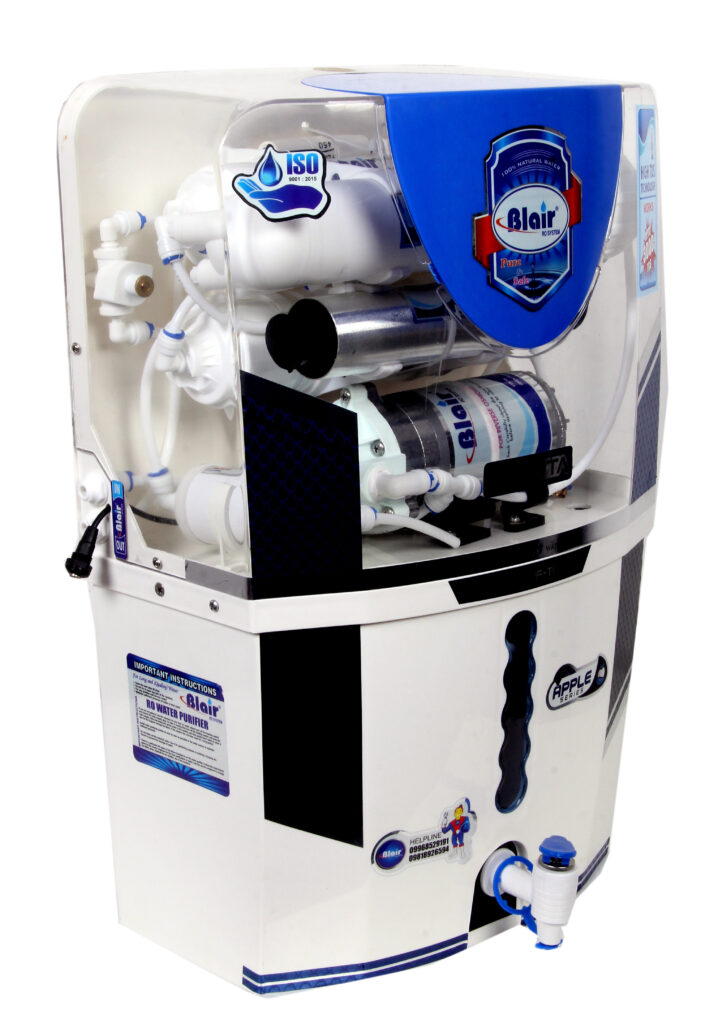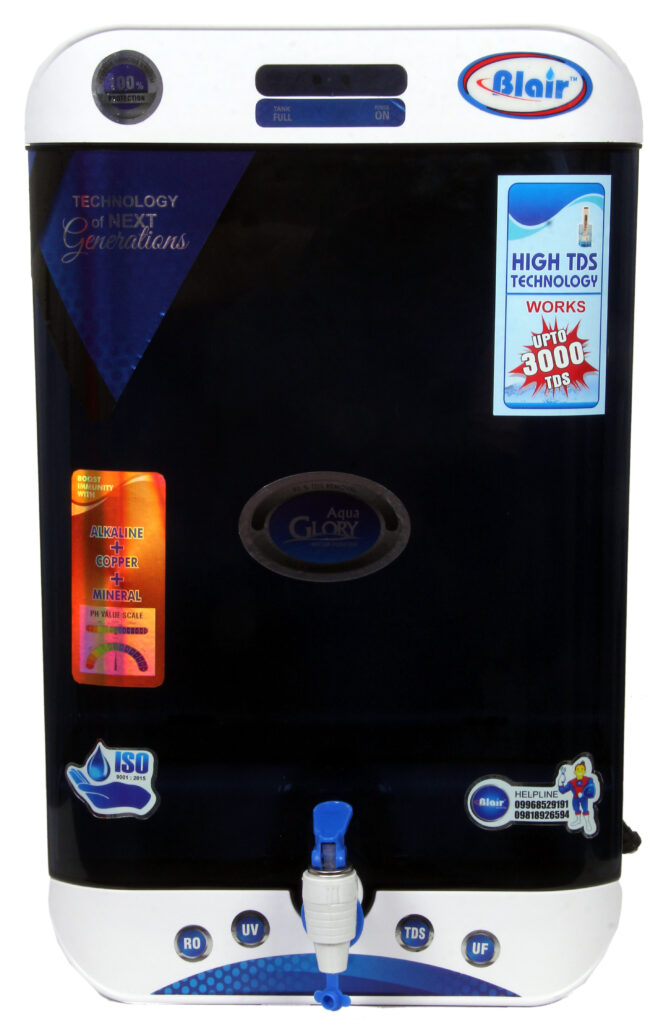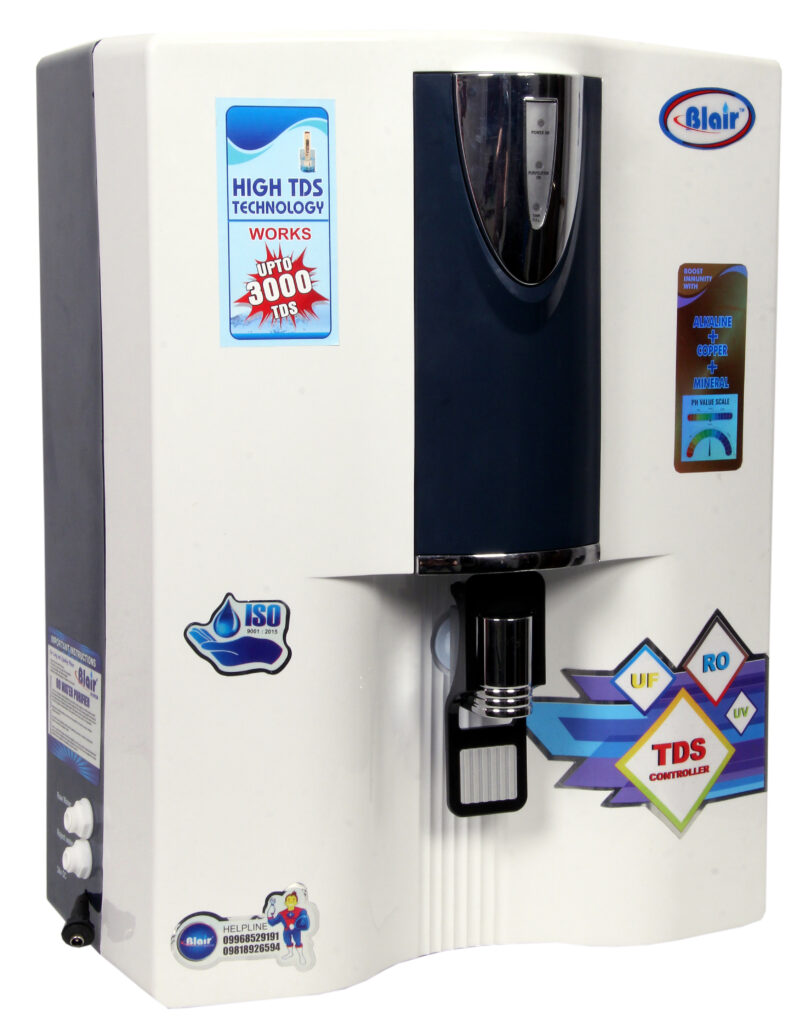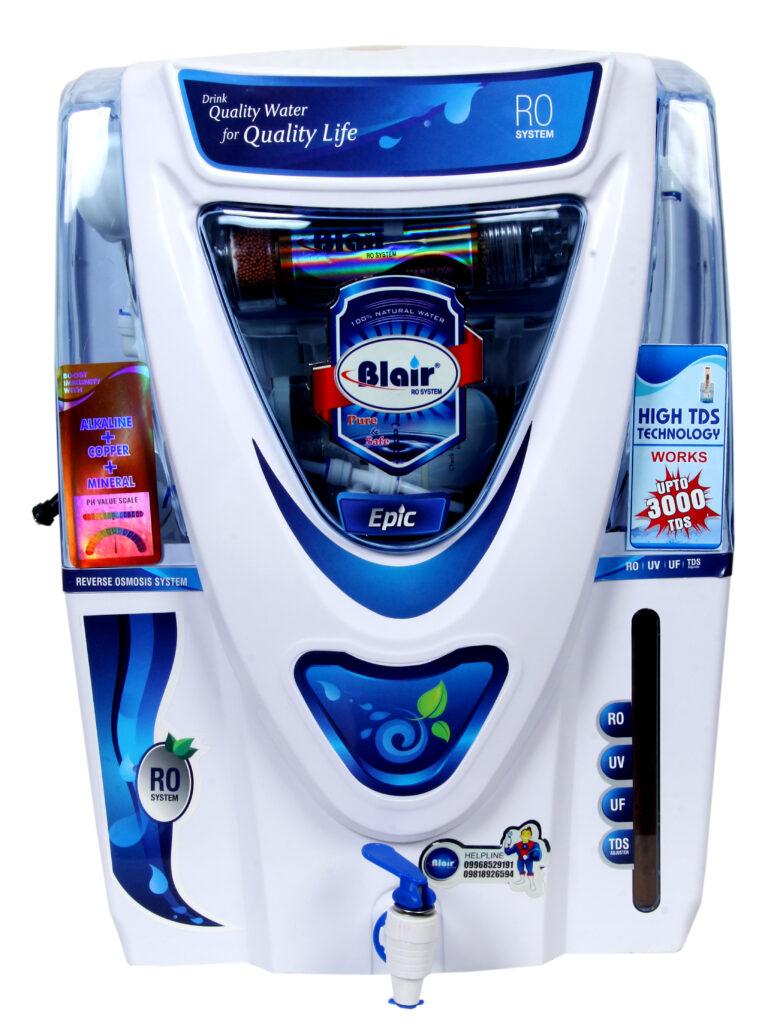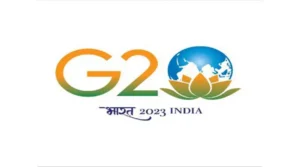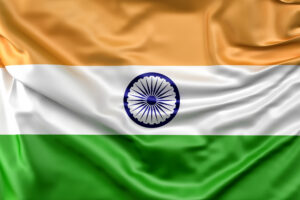India has achieved a historic milestone in space exploration with its Chandrayaan programme, which aims to explore the Moon with a series of missions. The programme, which started in 2003, has successfully launched three spacecraft so far, each with a different objective and capability. In this blog, I will give you an overview of the Chandrayaan programme and its achievements.
“India’s successful moon mission is not just India’s alone. This is a year in which the world is witnessing India’s G20 presidency. Our approach of one Earth, one family, one future is resonating across the globe.”
-Prime Minister Narendra Modi
Chandrayaan-1: India’s First Lunar Orbiter
The first mission of the Chandrayaan programme was Chandrayaan-1, which was launched on 22 October 2008 using a PSLV rocket. The mission carried an orbiter and an impactor probe, which were designed to study the lunar surface and atmosphere. The orbiter carried 11 scientific instruments from India and other countries, such as NASA, ESA and JAXA. The impactor probe, called Moon Impact Probe (MIP), was released from the orbiter and crashed on the lunar south pole, making India the fourth country to place its flag on the Moon.
The orbiter completed more than 3,400 orbits around the Moon and sent back valuable data and images. Some of the major discoveries made by Chandrayaan-1 include:
- The presence of water molecules on the lunar surface1.
- The identification of more than 30 new craters1.
- The mapping of the mineral composition and topography of the Moon1.
The mission ended on 29 August 2009 after losing contact with the orbiter. However, Chandrayaan-1 had already achieved more than 95% of its objectives and exceeded its planned lifespan of two years1.
Chandrayaan-2: India’s First Lunar Lander and Rover
The second mission of the Chandrayaan programme was Chandrayaan-2, which was launched on 22 July 2019 using a LVM3 rocket. The mission consisted of an orbiter, a lander and a rover, which were intended to perform a soft landing on the lunar south pole and explore its surface. The orbiter carried eight scientific instruments, while the lander, named Vikram, carried four instruments and the rover, named Pragyan, carried two instruments.
The orbiter successfully entered the lunar orbit on 20 August 2019 and began its mission of mapping the lunar surface and studying its exosphere. The lander and rover separated from the orbiter on 2 September 2019 and began their descent towards the landing site near the south pole. However, during the final phase of the landing, Vikram lost contact with ISRO and crashed on the lunar surface. The rover, which was housed inside Vikram, could not deploy and operate.
The failure of the lander and rover was a setback for India’s lunar ambitions, but not a fatal one. The orbiter continued to function normally and send back data and images. Some of the notable findings made by Chandrayaan-2 include:
- The detection of water ice in permanently shadowed regions near the south pole2.
- The identification of new types of rocks and minerals on the lunar surface2.
- The confirmation of tectonic activity on the Moon2.
The orbiter is expected to last for at least seven years in orbit, providing valuable information for future missions2.
Chandrayaan-3: India’s Second Lunar Lander and Rover
The third mission of the Chandrayaan programme was Chandrayaan-3, which was launched on 14 July 2023 using a LVM3 rocket. The mission consisted of a lander and a rover, which were designed to perform a soft landing on the lunar south pole and explore its surface. The lander and rover carried six scientific instruments each, some of which were improved versions of those used in Chandrayaan-2.
The lander and rover separated from the launch vehicle on 23 August 2023 and began their descent towards the landing site near the south pole. This time, ISRO ensured that all systems were working properly and that there were no communication glitches. The lander successfully touched down on the lunar surface at 12:49 AM IST on 24 August 2023, making India the fourth country to achieve a soft landing on the Moon after the Soviet Union, the United States and China3. The rover deployed from the lander shortly after and began its mission of exploring the lunar terrain.
The landing site of Chandrayaan-3 is closer to the lunar south pole than any other spacecraft in history has ventured. The south pole region is considered an area of key scientific and strategic interest for spacefaring nations, as scientists believe that it is home to water ice deposits that could be converted into rocket fuel or drinking water for future crewed missions3.
Some of the main objectives of Chandrayaan-3 include:
- To study the distribution and abundance of water ice and other volatiles near the south pole3.
- To measure the thermal properties and seismic activity of the lunar surface3.
- To test the performance and durability of indigenous technologies and materials in the harsh lunar environment3.
The lander and rover are expected to operate for at least 14 Earth days, or one lunar day, and send back data and images. The mission is a symbol of India’s spirit of innovation and determination, as Prime Minister Narendra Modi said in his address to the nation after the landing4.
Chandrayaan: India’s Pride and Inspiration
The Chandrayaan programme is a remarkable achievement for India and its space programme. It has demonstrated India’s capabilities and potential in the field of space exploration and science. It has also inspired millions of Indians, especially the young generation, to pursue their dreams and aspirations in science and technology. The programme has also contributed to the global understanding and appreciation of the Moon, our nearest celestial neighbour.
The Chandrayaan programme is not over yet. ISRO has plans to launch more missions in the future, such as Chandrayaan-4, which will carry a sample return capsule from the Moon. India is also collaborating with other countries, such as Japan, Russia and France, for joint lunar missions. India is also preparing for its first crewed space mission, Gaganyaan, which will send three astronauts to low Earth orbit by 2024.
The Chandrayaan programme is a testament to India’s vision of becoming a leading space power and a responsible global partner. It is also a reflection of India’s motto of Vasudhaiva Kutumbakam, which means “the world is one family”. As Prime Minister Modi said, “India’s successful moon mission is not just India’s alone. This is a year in which the world is witnessing India’s G20 presidency. Our approach of one Earth, one family, one future is resonating across the globe.”4




